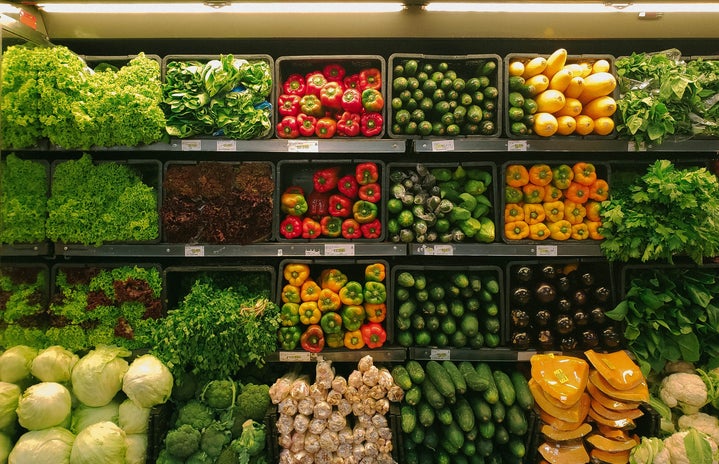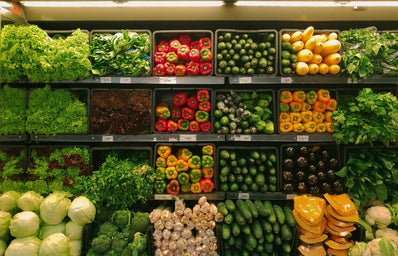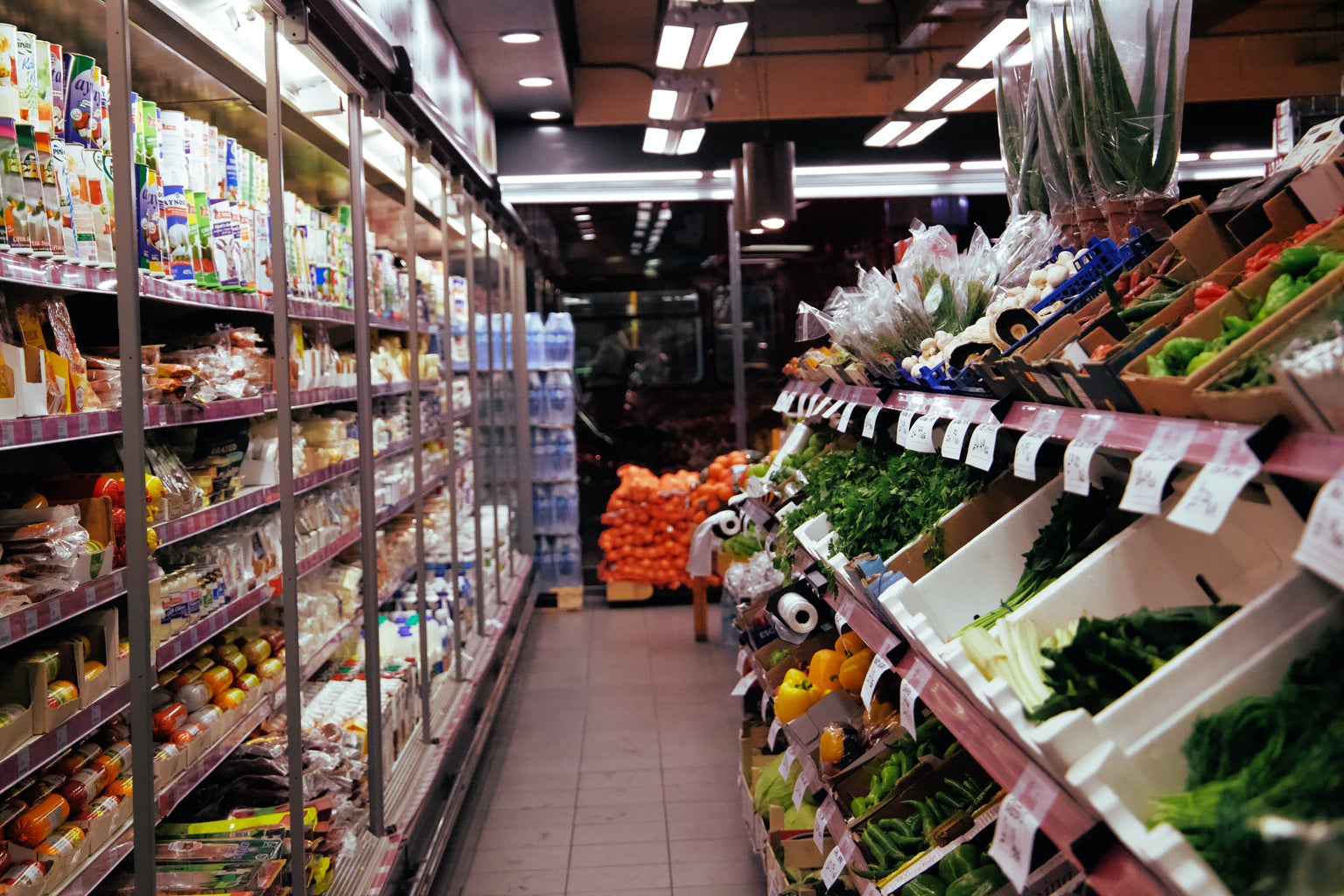Hunger is something that we think little about. It’s a basic need of life and sometimes we take for granted the amount of food we have and what we have access to. Food banks are an important resource for individuals who have little to no access to the food they need for survival. In America, one in eight people face hunger according to an article from Impacting Our Future. Are you aware of people in need? Do you know how it can affect not only one’s hunger but also health issues in general?
Flat-out, it’s unacceptable that people face hunger in a nation with more than enough food to go around. As a community aspect, hunger weakens communities. It threatens them by diminishing people’s ability to reach their potential and fully contribute to society. Individuals are forced to make impossible choices between food, transportation, rent and medicine. Approximately ten million food-insecure older adults lack access to sufficient quantities of affordable, nutritious food – placing them at greater risk of heart disease, cancer, stroke and diabetes. These preventable, chronic diseases diminish the quality of life for these individuals, their families and communities, while dramatically increasing healthcare costs.
How are food banks helping? They are working hard to get food to the people in need. Non-profit organizations provide children with meals to fuel their growth, parents with groceries to fill the cupboards and seniors with the nutrition they need to stay healthy and strong. A well-known food bank across the country called Feeding America, helps local food banks with food, funding, and capacity building to maximize service. They help to secure food and grocery donations from national food businesses and government agencies. To help reduce food waste, Feeding America also participates in a food rescue program. Food that is donated is moved to where it is needed most because everyone should have access to affordable, nutritious food no matter where people live.
How can you help? Look into community resources and reach out to ask what they need and even volunteer to help serve. Food insecurity is around us more than you would think. Though it may not show its signs clearly you may be around someone who isn’t as food secure as you are. Be mindful and get to know your community and how you can help others around you. Build awareness and educate those on how important feeding others is impactful to their health. Allowing everyone to have access to nutritious foods helps create a healthier community.



